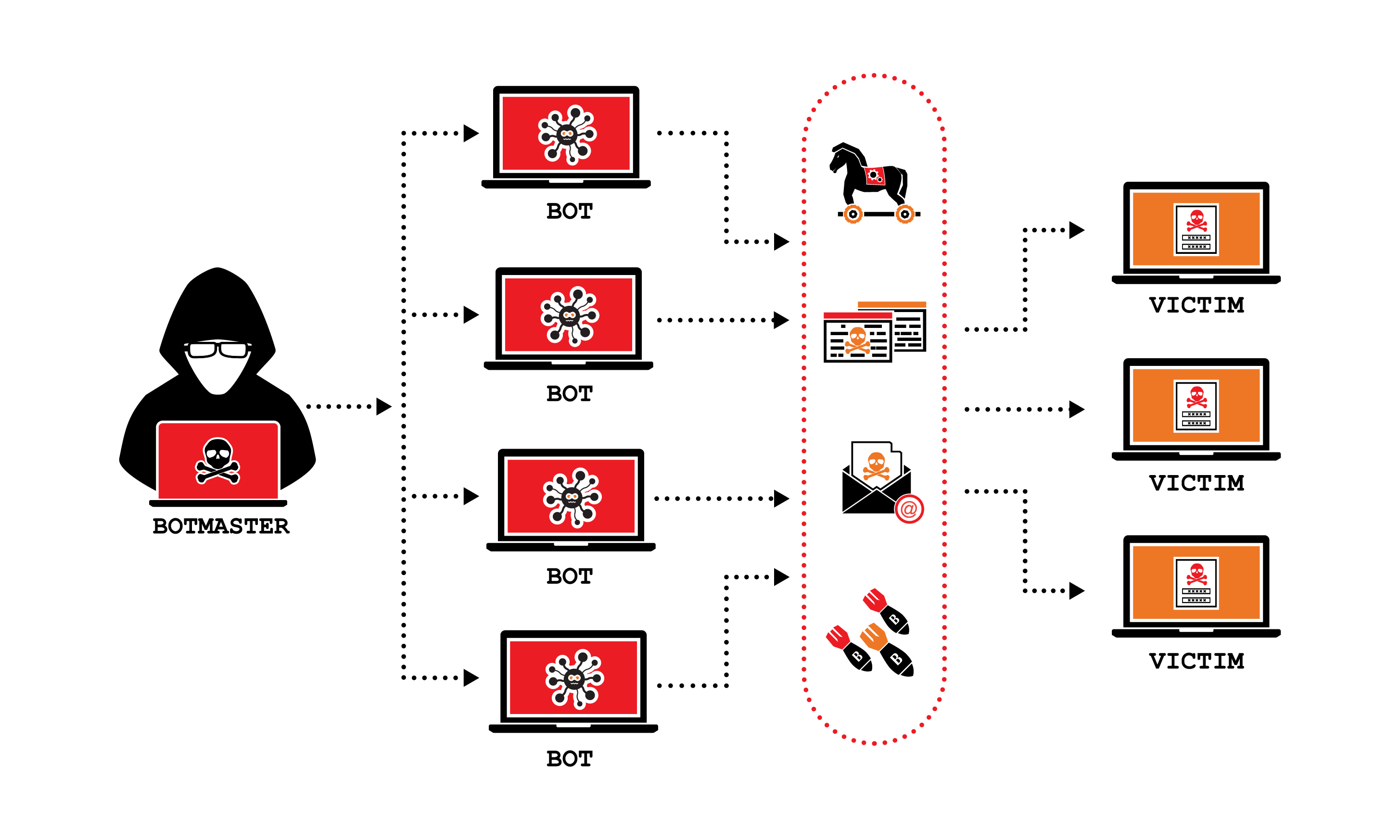Machine learning (ML) is a method of data analysis that automates analytical model building. It means that systems can learn from data, identify patterns, and make decisions with minimal human intervention. The definition basically considers machine learning as a child who makes lots of mistakes and finally is able to conclude and find the right pattern to solve a problem with the help of an algorithm (The structure of solving the problem).
However, how can some machines be considered the same as human beings? What is machine learning based on and how machine learning works in real life?

Even if there is a conflict between scientists, it can be said that machine learning’s base comes from artificial intelligence (AI). The birth of the artificial intelligence conversation was denoted by Alan Turing’s seminal work, “Computing Machinery and Intelligence”, which was published in 1950. In this paper, Turin asks the following question, “Can machines think?”. After that, Turing was often referred to as the “father of computer science”.
The other milestone is Tom M. Mitchell’s study, which defined a more formal definition of machine learning. Alan Turing’s “Can machine think?” is replaced with the question “Can machines do what we can do?”.

Modern-day machine learning has two objectives:
1) To classify data based on models which have been developed.
2) To make predictions for future outcomes based on these models.
Basically, we place the data to its rightful place on a model, then we predict the next data’s place. Of course, the outcome can be wrong sometimes. That’s why the number of inputs is important to predict more accurate information. However, it still can not be enough. At this moment, human involvement and some re-calculations are cruel.

Customer service
Online chatbots are replacing human agents along the customer journey. Online chatbots answer frequently asked questions (FAQs) around topics, like shipping, or provide personalized advice, cross-selling products (When you want to buy a burger, it suggests that you should also buy a cola.), or suggesting sizes for users. Banks, telecommunication companies, e-commerce sites, online food delivery companies such as Getir, Yemeksepeti are consistently using online chatbots.
What about the relationship with ML? Have you ever thought why after using online chatbots there is a page you can rank the chatbot in terms of its usefulness for your problem? Then the answer lays down machine learning systems. Feedback can be quite beneficial for the system since ML is not just utilizing the correct data for future prediction, it also learns from incorrect data not to do the same mistakes.
Web page ranking
The process of submitting a query to a search engine, which then finds webpages relevant to the query and returns them in terms of their relevance, is called web page ranking. The last part which lists the web pages in order of relevance is done by machine learning. To achieve the wanted list, a search engine needs to ‘know’ which pages are most relevant, especially for you, and, of course, match the query.
Such knowledge can be gained from several sources:
· the link structure of webpages
· their content
· the frequency with which users will follow the suggested links in a query
· your search history
Increasingly, machine learning rather than guesswork and clever engineering is used to automate the process of designing a good search engine.
Collaborative ranking
Another real-life machine learning application is collaborative filtering. E-commerce sites such as Amazon, Trendyol; beauty care chain stores; technology companies (Apple, Samsung, Sony, etc.) use this information extensively to courage users to purchase additional goods.
This case is similar to the one of web page ranking. In both cases, we only want a relevant list. The key difference is that instead of a query, we have past purchases, maybe customer favorite items, purchase habits, and relationships between complementary goods. (For instance, in Amazon, when you buy a beginner language book, Amazon says “You should also add the next level’s book." I mean, why not? Right?) It is clearly desirable to have an automatic system to solve this problem, thereby avoiding guesswork and time.
To conclude, machine learning is one of the most beneficial study areas for companies that serve lots of customers with the aim of serving them more customized services since the value of customers has increased significantly. With the improvement of ML, there will be more accurate information, less time-consuming processes, and more satisfied customers in all areas.
In this writing, some information has been used from the book called Introduction to Machine Learning by Alex Smola and S.V.N. Vishwanathan.










Yorumunu Bırak
Comments
0 CommentsHenüz yorum yapılmamış. İlk yorum yapan sen ol.